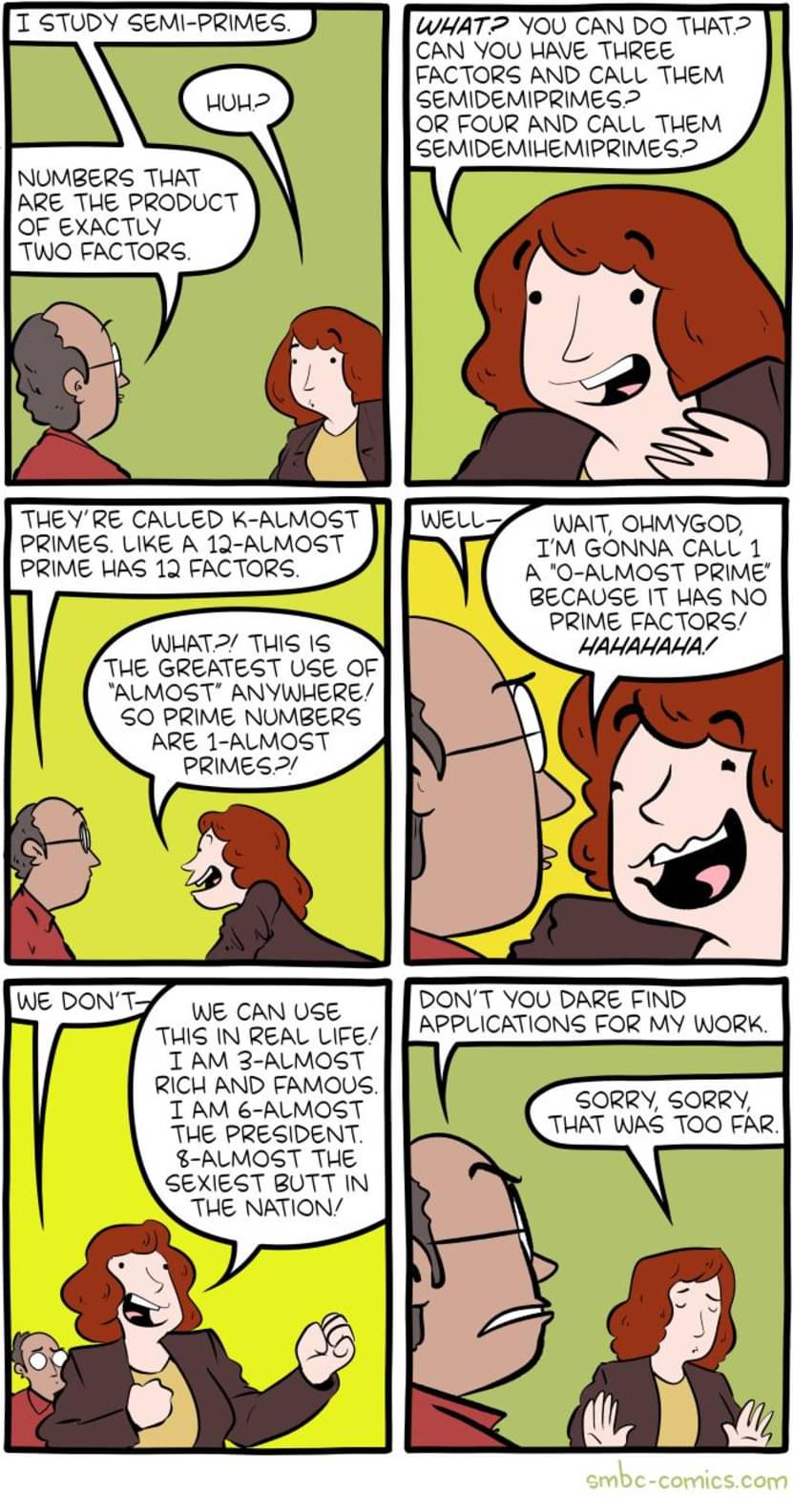this post was submitted on 26 Apr 2024
450 points (96.7% liked)
Science Memes
10348 readers
1593 users here now
Welcome to c/science_memes @ Mander.xyz!
A place for majestic STEMLORD peacocking, as well as memes about the realities of working in a lab.

Rules
- Don't throw mud. Behave like an intellectual and remember the human.
- Keep it rooted (on topic).
- No spam.
- Infographics welcome, get schooled.
Research Committee
Other Mander Communities
Science and Research
Biology and Life Sciences
- [email protected]
- [email protected]
- [email protected]
- [email protected]
- [email protected]
- [email protected]
- [email protected]
- [email protected]
- [email protected]
- [email protected]
- [email protected]
- [email protected]
- [email protected]
- [email protected]
- [email protected]
- [email protected]
- [email protected]
- [email protected]
- [email protected]
- [email protected]
- [email protected]
- [email protected]
- [email protected]
- [email protected]
- !reptiles and [email protected]
Physical Sciences
- [email protected]
- [email protected]
- [email protected]
- [email protected]
- [email protected]
- [email protected]
- [email protected]
- [email protected]
- [email protected]
Humanities and Social Sciences
Practical and Applied Sciences
- !exercise-and [email protected]
- [email protected]
- !self [email protected]
- [email protected]
- [email protected]
- [email protected]
Memes
Miscellaneous
founded 2 years ago
MODERATORS
you are viewing a single comment's thread
view the rest of the comments
view the rest of the comments

Presumably if they're the product of exactly two factors then those factors would have to be prime, otherwise it wouldn't be exactly two.
Well primes themselves are the product of exactly two (natural) factors, only one of which is prime, so we need to specify semi primes as having exactly two prime factors.
The definitions often exclude 1. In the case where you include it you could then say a semi prime has exactly three factors.
I have seen 1 called a trivial factor, but I have never seen it excluded entirely from a factor list: perhaps it's a cultural thing like how 0 is/isn't a natural number depending on where you are from.
On further research it seems like my earlier critique about requiring exactly two prime factors is a little off in any case, as it would exclude e.g. 4 (which only has one prime factor). It seems like semi primes must be a product of exactly two prime numbers so I think any definition based on number of factors is doomed to over- or under- define these semi primes as they could have either three or four factors.